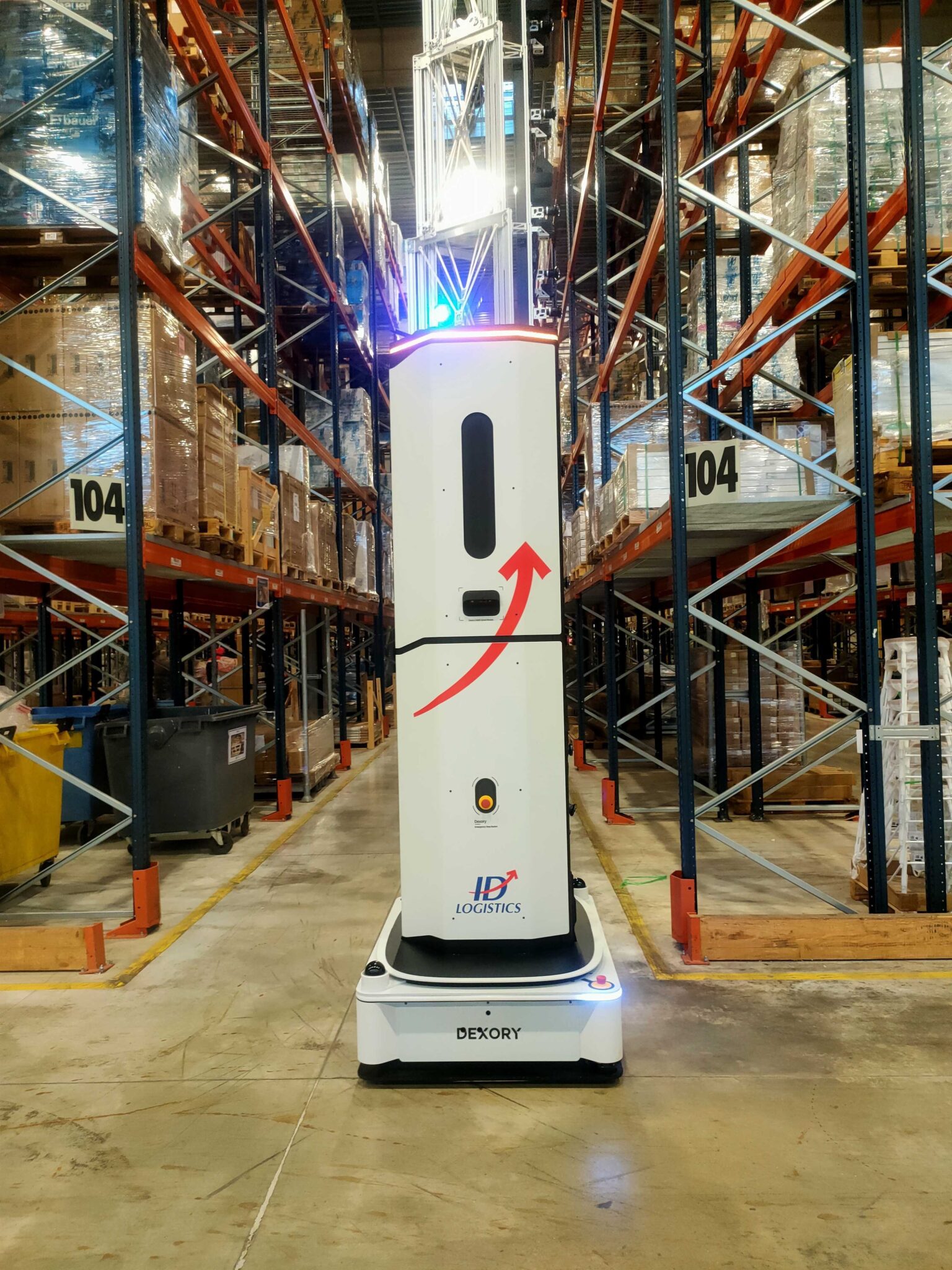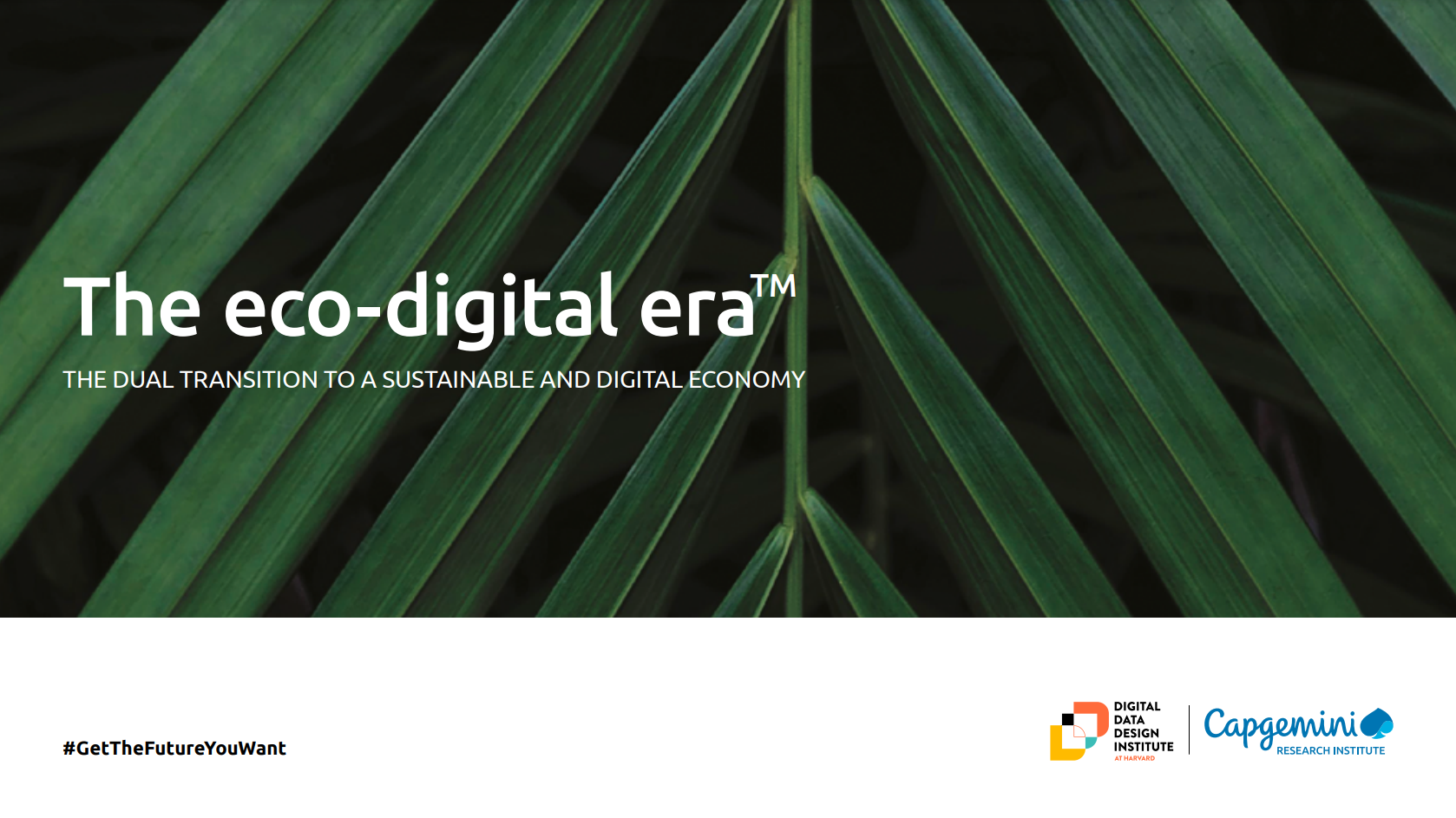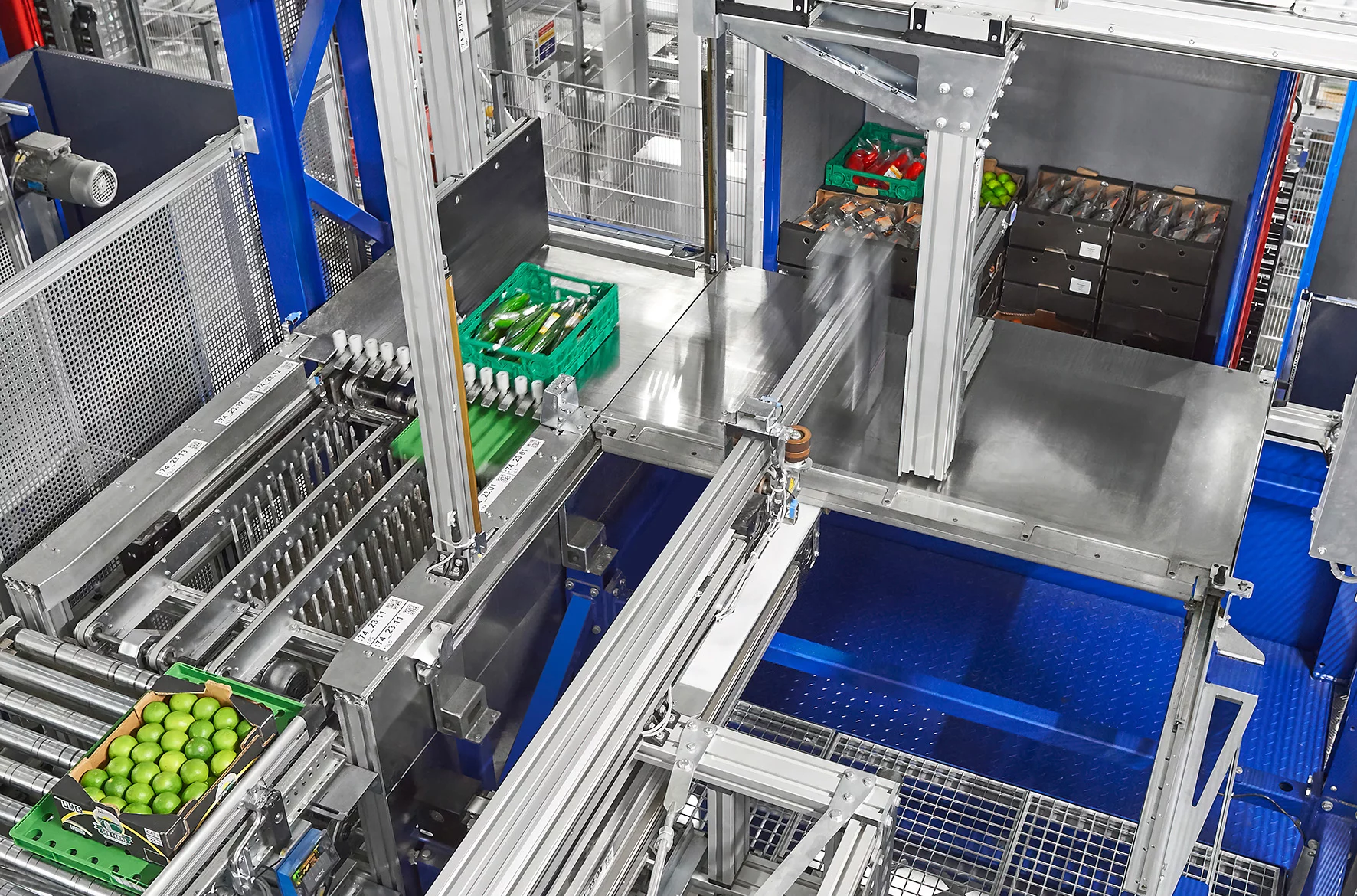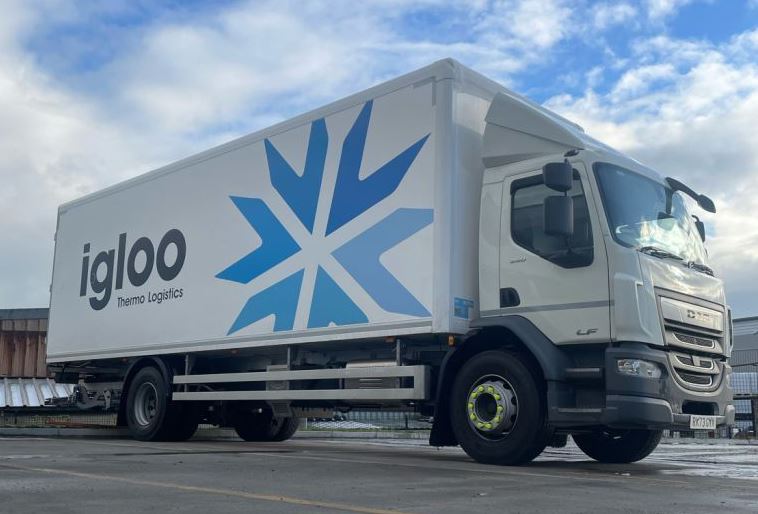Dexory, a leading provider of cutting-edge AI and robotics solutions, and ID Logistics have announced their collaboration as part of the ID Logistics’ ASTRID program, deploying Autonomous Stock Taking Robots for high-speed inventory management. The collaboration aims to increase warehouse accuracy and enhance overall efficiency to improve the service provided to their customers. Deployments have commenced at sites in France and look to expand to additional geographies in 2024.
The cornerstone of this collaboration is the state-of-the-art robot named Astrid. Operating seamlessly within the daily operations, Astrid conducts live, wall-to-wall inventory checks, flagging inaccuracies in real-time. This innovative approach saves countless hours, allowing the inventory team to promptly address discrepancies and prevent the knock-on effects of errors. Impressively, Astrid can process up to 10,000 pallets per hour, significantly boosting efficiency.
The implementation of this cutting-edge technology has been met with enthusiasm from site teams, becoming an integral part of day-to-day operations. The system has elevated accuracy levels to over 99.9%, nearly achieving perfection in operations. The robots operate during normal working hours, navigating around colleagues and machinery without the need to close aisles, ensuring uninterrupted workflow.
Key features of the collaboration include the utilisation of a digital twin, providing instant access to data with just a click. This allows teams to make informed decisions and enhances overall visibility into inventory management processes, resource allocation and beyond. The solution caters to all sizes of pallets and goods, demonstrating its versatility and adaptability to diverse operational needs.
Beniot Boiron, Group Innovation Manager at ID Logistics, added, “This collaboration marks a significant milestone in the evolution of inventory management and warehouse data acquisition. Astrid’s precision and real-time monitoring capabilities have transformed our day-to-day operations, bringing accuracy to new heights”.
“We are thrilled to collaborate with ID Logistics to support the elimination of inventory visibility gaps in their warehouses using real-time data. This partnership represents a significant leap forward in enhancing operational efficiency, accuracy, and overall productivity,” said Oana Jinga, Chief Operating and Product Officer at Dexory.
The success of Astrid in France has set the stage for further expansion into new geographies, promising to revolutionise inventory management practices on a global scale.









